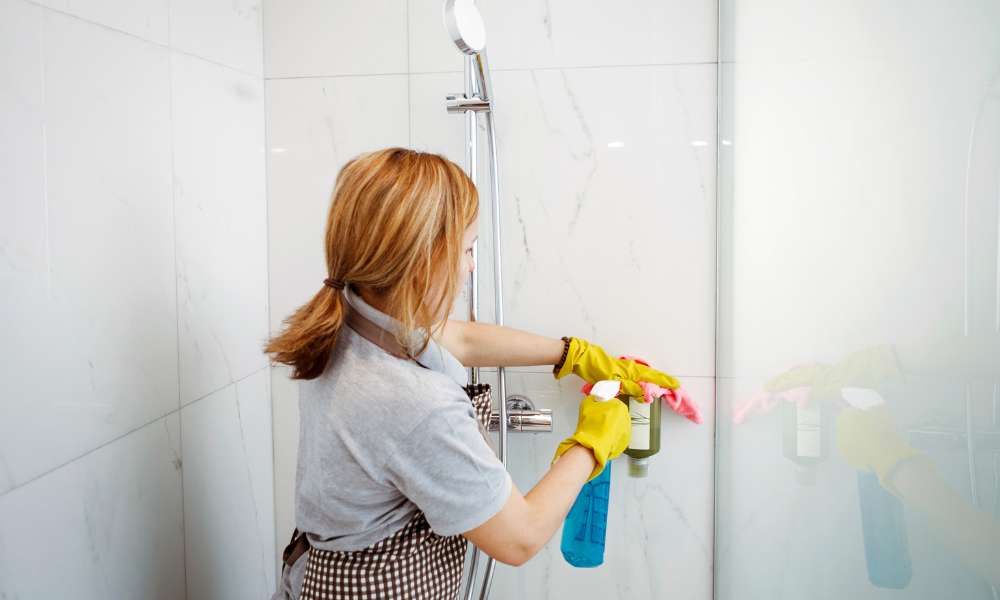Maintaining a clean and hygienic shower stall is essential for ensuring a refreshing and comfortable bathing experience. Knowing how to clean shower stalls effectively not only enhances the aesthetics of your bathroom but also helps prevent the buildup of grime, soap scum, and mold. By employing the right techniques and using suitable cleaning products, you can efficiently rid your shower stalls of dirt and bacteria, promoting a pristine and inviting environment. In this guide, we’ll explore step-by-step methods and tips to tackle shower stall cleaning with ease, allowing you to enjoy a sparkling clean fall space effortlessly.
How Often Should I Clean My Shower Stall?
Determining the frequency of cleaning your shower stall depends on various factors such as usage, water quality, and the presence of mold or mildew. Generally, it’s recommended to clean your shower stall at least once a week to prevent the accumulation of soap scum, dirt, and bacteria. However, if you notice signs of buildup or grime between cleanings, it’s advisable to clean it more frequently. Regular maintenance ensures a hygienic and inviting shower space for you and your family.
Understanding The Importance Of Regular Cleaning
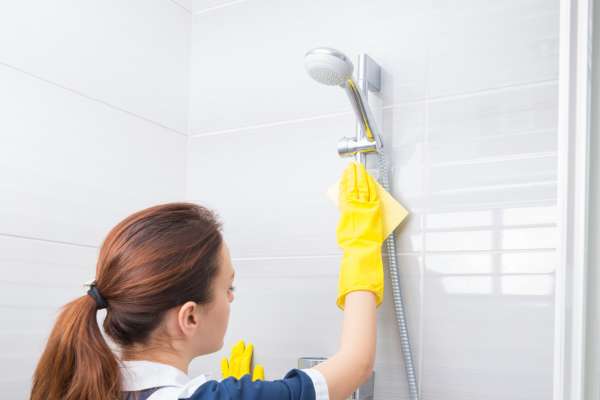
Regular cleaning of your shower stalls is crucial not only for aesthetic reasons but also for maintaining hygiene and preventing health issues. Over time, soap scum, body oils, and moisture create an ideal breeding ground for mold, mildew, and bacteria. These contaminants not only compromise the cleanliness of your fall but can also pose health risks, particularly for individuals with respiratory conditions or allergies. By cleaning your shower stall regularly, you can eliminate these potential hazards and promote a healthier environment in your bathroom.
Essential Tools And Supplies For Cleaning
Equipping yourself with the right tools and supplies is essential for effectively cleaning your shower stall. Some of the essential items you’ll need include a non-abrasive scrub brush or sponge, a mild cleaner or disinfectant, a squeegee or microfiber cloth, and protective gloves. Additionally, depending on the severity of buildup, you may require specialized cleaners for tackling stubborn stains or mold. It’s important to choose clean products that are suitable for your shower stall’s materials to avoid damage or discoloration. By having these tools and supplies on hand, you’ll be well-prepared to tackle shower stalls cleaning efficiently and achieve optimal results.
Preparing The Shower Stall For Cleaning
1. Cleaning The Shower Walls And Doors
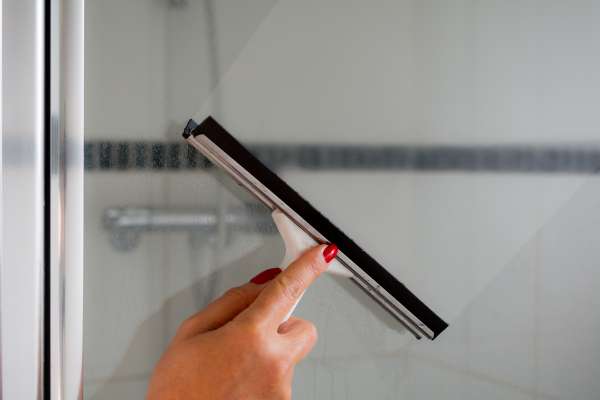
Start by rinsing the shower walls and doors with warm water to loosen any surface dirt or grime. Then, apply a suitable cleaner or homemade solution to the walls and doors, focusing on areas with visible buildup. Use a non-abrasive scrub brush or sponge to gently scrub the surfaces, paying special attention to corners and crevices where dirt tends to accumulate. Rinse thoroughly with water to remove the cleaner and any loosened debris. This step helps to remove surface contaminants and prepares the walls and doors for a deeper clean.
2. Removing Soap Scum And Hard Water Stains
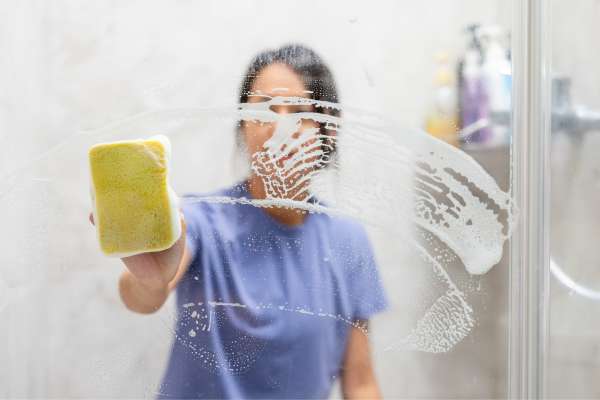
Soap scum and hard water stains are common challenges in shower stalls, but they can be effectively removed with the right approach. To tackle soap scum, apply a commercial soap scum remover or a mixture of equal parts vinegar and water to the affected areas. Allow the solution to sit for a few minutes to penetrate the buildup, then scrub with a sponge or brush. For hard water stains, a mixture of vinegar and baking soda can be particularly effective. Apply the paste to the stains, let it sit for a few minutes, then scrub and rinse thoroughly. These methods help to dissolve and lift away stubborn residue, leaving your shower stalls clean and refreshed.
3. Cleaning Shower Fixtures And Accessories
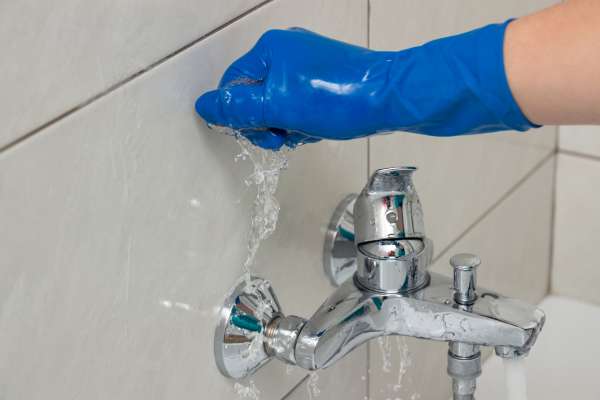
Once you’ve tackled the walls, doors, and stubborn stains, it’s time to turn your attention to the fixtures and accessories in your fall stall. Start by applying a mild cleaner or vinegar solution to a soft cloth or sponge, then wipe down the shower fixtures such as the showerhead, faucet handles, and any other accessories. Pay attention to areas where water tends to collect, as these are prone to mineral buildup and soap scum. For stubborn spots, use a toothbrush or cotton swab to reach into crevices and tight spaces. After cleaning, rinse thoroughly with water to remove any residue and leave the fixtures sparkling clean.
4. Scrubbing The Shower Floor
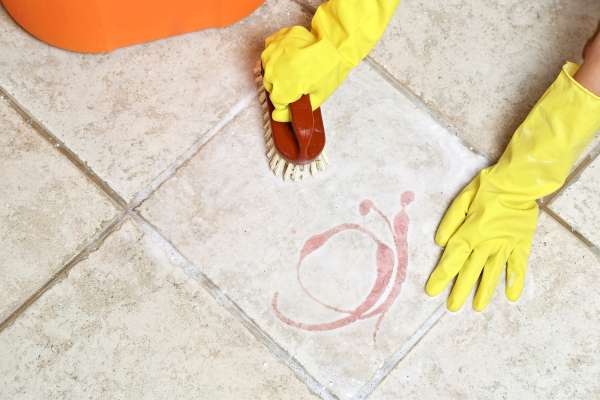
The shower floor is often subjected to heavy foot traffic and can accumulate dirt, grime, and soap residue over time. To scrub the shower floor, start by sprinkling baking soda or a powdered cleanser over the surface. Then, using a scrub brush or sponge, work the cleanser into the floor in circular motions, focusing on any particularly dirty or stained areas. Pay attention to grout lines and corners, where dirt tends to accumulate. After scrubbing, rinse the floor thoroughly with water to remove the cleanser and loosened debris. For stubborn stains or mildew, a mixture of hydrogen peroxide and baking soda can be particularly effective. Allow the mixture to sit for a few minutes before scrubbing and rinsing.
5. Rinsing And Drying The Shower Stall
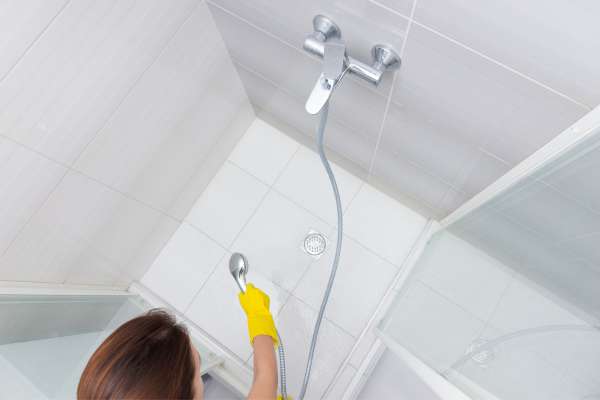
Once you’ve completed the cleaning process, it’s important to rinse the entire shower stall thoroughly with water to remove any remaining cleaner or residue. Use a handheld showerhead or a bucket of water to ensure thorough rinsing, paying special attention to corners, crevices, and hard-to-reach areas. After rinsing, use a squeegee or microfiber cloth to remove excess water from the walls and doors, starting from the top and working your way down. This helps to prevent water spots and streaks, leaving your fall stall looking clean and shiny. Finally, leave the shower stall door or curtain open and allow the area to air dry completely before using it again.
Natural Cleaning Alternatives For Eco-Conscious Individuals
For eco-conscious individuals, opting for natural cleaning alternatives not only promotes environmental sustainability but also ensures a healthier living environment free from harsh chemicals. Here are some natural alternatives to traditional clean products:
- Vinegar: Vinegar is a versatile and effective natural cleaner due to its acidic properties. It can be used to remove soap scum, grease, and mineral deposits from various surfaces in the bathroom, including shower stalls. Simply dilute vinegar with water in a spray bottle and use it to clean shower doors, walls, fixtures, and floors.
- Baking Soda: Baking soda is a gentle abrasive that can help scrub away stubborn stains and grime without causing damage to surfaces. It also has natural deodorizing properties, making it ideal for eliminating odors in the bathroom. Mix baking soda with water to form a paste and use it to clean shower floors, grout lines, and other surfaces.
- Lemon Juice: Lemon juice contains citric acid, which has natural antibacterial and antiseptic properties. It can help cut through grease and grime while leaving behind a fresh, citrus scent. Mix lemon juice with water or vinegar to create a homemade cleaning solution for shower stalls and other bathroom surfaces.
- Essential Oils: Essential oils such as tea tree oil, lavender oil, and eucalyptus oil not only add a pleasant scent to homemade cleaning solutions but also possess antimicrobial properties. Add a few drops of essential oil to vinegar or water-based cleaning solutions to enhance their clean power and leave your bathroom smelling fresh.
By incorporating these natural cleaning alternatives into your cleaning routine, you can effectively clean your fall stall and other bathroom surfaces while minimizing your environmental impact and exposure to harmful chemicals.
Maintaining A Cleaning Schedule
Establishing a cleaning schedule is essential for keeping your shower stall clean and hygienic on a regular basis. Here are some tips for maintaining a cleaning schedule:
- Set Regular Cleaning Days: Choose specific days of the week or month dedicated to cleaning your bathroom, including the fall stall. Consistency is key to preventing the buildup of dirt, grime, and mold.
- Break Down Tasks: Divide the clean tasks into manageable chunks to make them more manageable and less overwhelming. For example, you could clean the shower stall one day and focus on other bathroom areas on different days.
- Prioritize High-Traffic Areas: Pay special attention to high-traffic areas such as the shower floor and walls, as these areas are more prone to dirt and grime buildup. Consider clean these areas more frequently to maintain cleanliness.
- Use Reminders: Set reminders on your phone or calendar to ensure you don’t forget your cleaning schedule. Having regular reminders can help you stay on track and maintain a consistently clean fall stall.
By following a cleaning schedule and incorporating natural cleaning alternatives, you can effectively maintain a clean and eco-friendly shower stall while minimizing your impact on the environment.
Are Natural Cleaning Alternatives As Effective As Commercial Cleaners?
The effectiveness of natural cleaning alternatives compared to commercial cleaners often depends on the specific clean task and the severity of the dirt or grime. While commercial cleaners may contain stronger chemicals designed to tackle tough stains and kill bacteria, natural cleaning alternatives offer their own set of benefits.
Conclusion
Both natural cleaning alternatives and commercial cleaners have their place in maintaining a clean and healthy shower stall. Natural alternatives offer eco-friendly and safer options for everyday clean tasks, while commercial cleaners may be necessary for more challenging cleaning situations. Ultimately, the choice between natural and commercial cleaners depends on individual preferences, cleaning needs, and environmental considerations. By incorporating a combination of both natural and commercial cleaners as needed, you can effectively maintain a sparkling clean fall stall while minimizing your impact on the environment and personal health.
